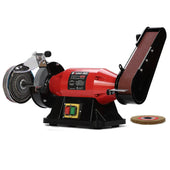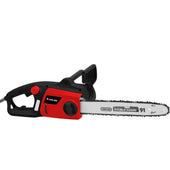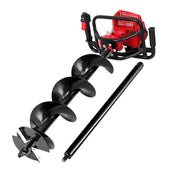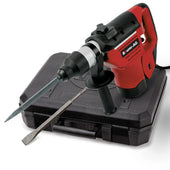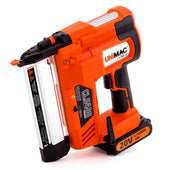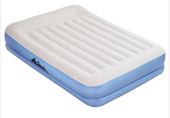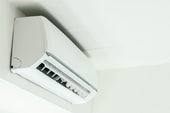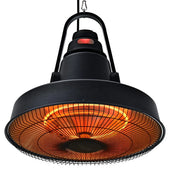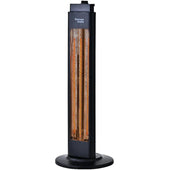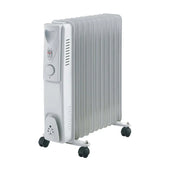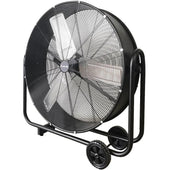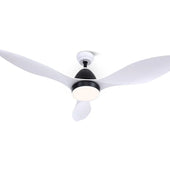Understanding the Problem: Why Do Toilet Seats Become Loose?
Toilet seats often become loose over time due to a combination of factors. At During Days, we understand that the most common reason is regular use, which causes the bolts and fasteners holding the seat in place to loosen gradually. Materials like plastic and metal, used in the hinges, can wear down, reducing their grip. Vibrations from daily usage also contribute to loosening.
Humidity and moisture in bathrooms can accelerate this process by causing metal components to corrode or plastic components to weaken. Additionally, improper installation or hardware misalignment may lead to a wobbly seat. All these factors necessitate periodic maintenance to ensure stability and functionality. This is especially important when using specialised models like rimless toilets that rely on precise hardware for hygienic performance.
Tools You’ll Need to Tighten a Toilet Seat
To effectively tighten a loose toilet seat, having the right tools on hand is essential. Depending on the design of the seat and its fasteners, you may require one or more of the following:
- Adjustable Spanner/Wrench: Useful for tightening bolts securely without damaging them.
- Flathead Screwdriver: For loosening or tightening screws on the hinges or fasteners.
- Allen Key/Hex Key: Some toilet seats have bolts that require an Allen key for adjustment.
- Gloves: To keep hands clean and provide a better grip while working.
- Flashlight: Helpful for identifying and accessing concealed bolts in low-light areas.
With these tools ready, the process becomes far more straightforward. Whether you're fixing a conventional fixture or something more portable, like portable toilets, preparation is key.
Preparing the Area for the Fix
To ensure the toilet seat is secured effectively, the area around the seat must be properly prepared. Start by removing any items near the toilet to avoid obstructions. Clean the surface around the hinges using a soft cloth and mild detergent, ensuring all dirt and grime are removed. Carefully inspect the bolts holding the seat in place; they may be located either beneath or atop the seat depending on the model. If necessary, lift the caps covering the bolts. Use a torch for better visibility, as this will help identify any wear or damage. Proceed once the area is clean, dry, and unobstructed.
Identifying the Type of Toilet Seat and Mounting Mechanism
Before tightening a toilet seat, one must determine its type and mounting mechanism. Toilet seats generally fall into two categories: standard and soft-close. Standard seats open and close manually, while soft-close seats use a spring or hydraulic system to close gently. Each type may require varying tools or methods during adjustment.
Next, the mounting mechanism should be inspected. Most toilet seats are installed using either top-mounted or bottom-mounted screws. Top-mounted designs feature bolts accessible above the seat, whereas bottom-mounted screws require access beneath the toilet for adjustment. Some units may also include a quick-release hinge for easier maintenance. This is also true for specialty models like bidet toilets, which can have additional components for water functions.
Step-by-Step Guide to Tightening a Traditional Toilet Seat
-
Locate the Bolts Find the two bolts securing the toilet seat at the back of the bowl near the hinges. These bolts are usually hidden under plastic caps.
-
Remove the Caps Pry off the plastic caps covering the bolts using your fingers or a flathead screwdriver. Exercise caution to avoid damaging the caps.
-
Position a Wrench Hold the nut underneath the bowl while placing the wrench or pliers over the bolt on top. Ensure both tools are securely in place.
-
Tighten the Bolts Turn the bolt clockwise using the wrench while holding the nut in place. Tighten gradually to avoid cracking the porcelain.
-
Check the Seat Test the tightened seat for stability by wiggling it gently. If still loose, repeat the process or ensure proper alignment.
-
Replace the Caps Snap the plastic caps back on the bolts to protect them and maintain a neat appearance.
Dealing with Hidden Bolts or Special Fixtures
Certain toilet seat designs feature hidden bolts or unique fixtures, which require a different approach. Begin by inspecting the seat for decorative covers or caps concealing the bolts. These caps can often be pried open gently using a flathead screwdriver. If they resist, applying light pressure while wiggling the tool can help loosen them.
For seats with special fixtures like quick-release mechanisms, follow the manufacturer’s instructions typically included with the product. These designs often have buttons or clips that need pressing to release the seat. If screws are inaccessible, an extended wrench may be necessary to reach the bolt from underneath the toilet. This can be particularly relevant in specialized environments like those using toilets Perth models, where modern installations often prioritize design aesthetics.
When Tightening Isn’t Enough: Should You Replace the Hinges?
If tightening the bolts does not secure the toilet seat or if it remains wobbly, damaged hinges might be the problem. Over time, hinges can wear out, crack, or corrode, especially in humid environments. Inspect the hinges for signs of visible damage such as rust, broken pieces, or excessive movement.
Signs You May Need Replacement Hinges:
- Cracked or broken parts: Plastic hinges may become brittle and snap.
- Rust or corrosion: Metal hinges can lose structural integrity.
- Persistent instability: If the seat still shifts after adjustments.
Replacement hinges should match your toilet seat’s model and size to ensure compatibility. Selecting durable materials like stainless steel can improve longevity. This is even more important for outdoor installations such as camping toilets, which are subject to rougher conditions.
Troubleshooting Common Issues During the Fix
- Stubborn Bolts or Nuts: If the bolts or nuts are rusty or stuck, apply a lubricant like WD-40 and give it a few minutes to loosen up. Use pliers for better grip if required.
- Misaligned Seat: Ensure proper alignment of the seat before tightening. Loosen and reposition the bolts if necessary to avoid ending up with a crooked seat.
- Compatibility Issues: Check that the replacement bolts, hinges, or washers match the toilet’s design and size, as mismatched parts can prevent secure fastening.
- Cracked Mounting Holes: Inspect the porcelain mounting holes for damage. If cracks are present, consider using mounting kits designed for damaged toilets.
- Loose or Damaged Screws: Replace worn-out screws to ensure a tight and secure fit. Over-tightening can strip the screws, requiring careful adjustment.
Preventative Measures: Tips to Keep Your Toilet Seat Secure
To maintain a secure toilet seat, check its fasteners regularly for any signs of loosening or damage. Tightening them at the first hint of movement can prevent larger issues. Use rubber or plastic washers as they reduce friction and enhance grip, reducing the chances of loosening. Consider investing in high-quality, wear-resistant hardware for longevity.
Keep the toilet seat free from excessive moisture, as water can degrade components. Teach users to avoid overbearing pressure or sudden impacts, both of which can strain the seat’s attachments. Regular cleaning around the hinges ensures dirt or residue does not interfere with proper attachment.
When to Call a Professional: Knowing Your Limits
While tightening a loose toilet seat is generally a straightforward task, there are situations where professional assistance is recommended.
- Persistent Wobbling: If the seat remains unstable despite securing the bolts, it may indicate damage to the mounting holes or hinges.
- Specialised Fixtures: For uniquely designed or older toilet models, specialised tools or expertise might be required.
- Rusty or Stuck Bolts: Over time, bolts can corrode, making them difficult to remove without damaging the toilet.
- Cracks in the Bowl or Lid: Structural damage demands immediate attention to prevent potential leaks or further issues.
Seeking help ensures safety and avoids aggravating the problem, especially if unfamiliar tools or techniques are required.

